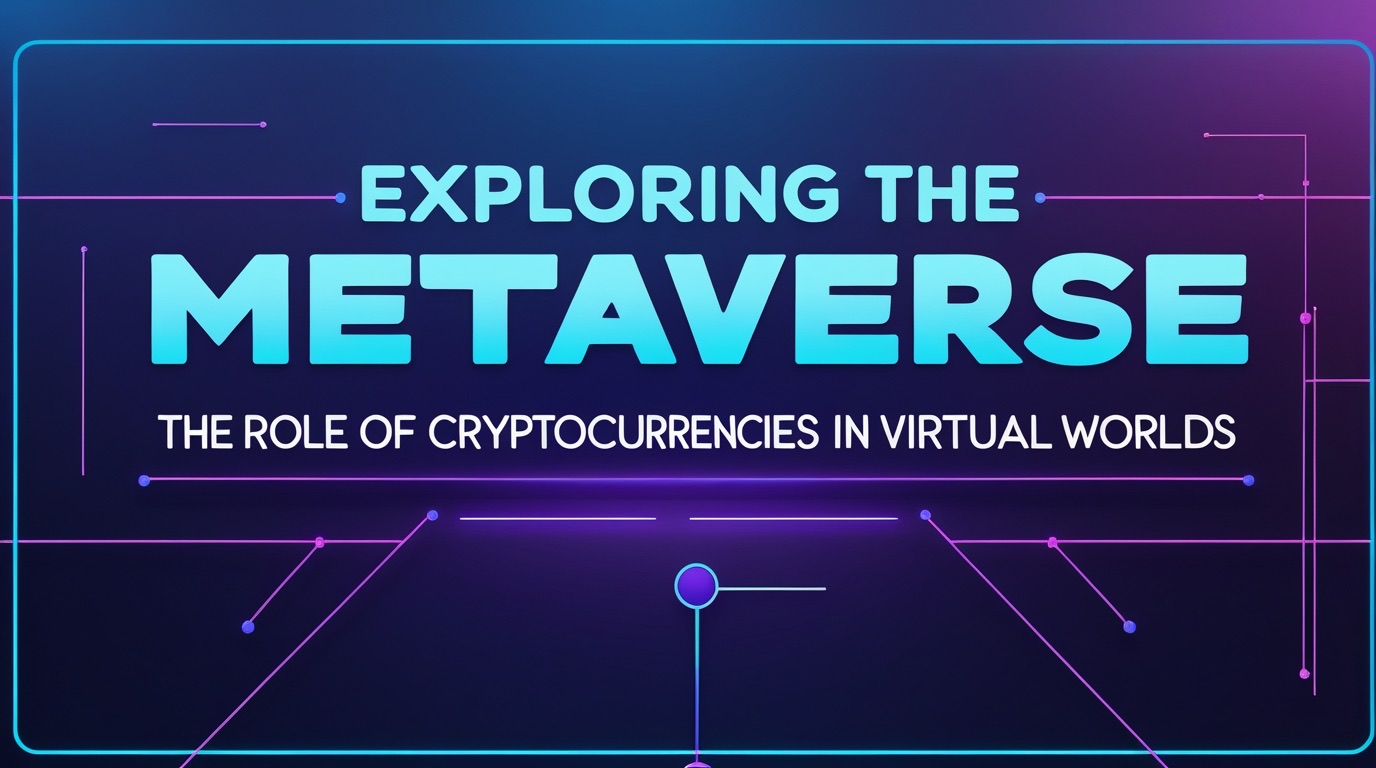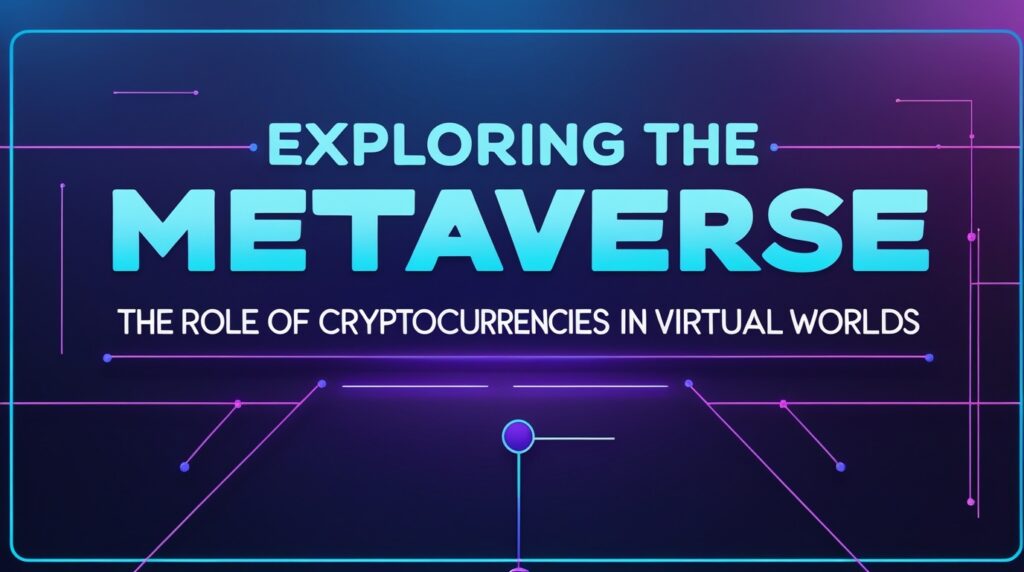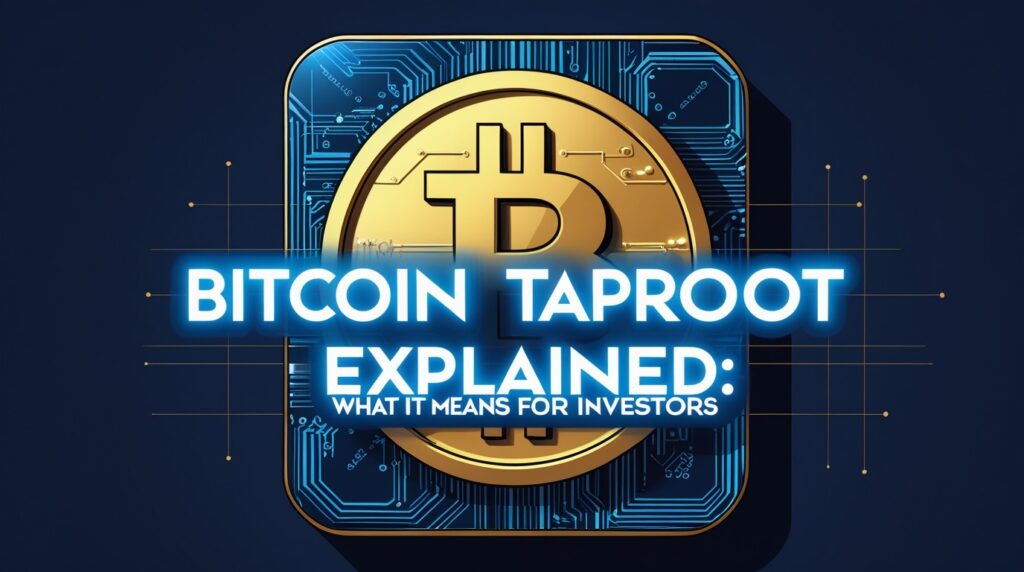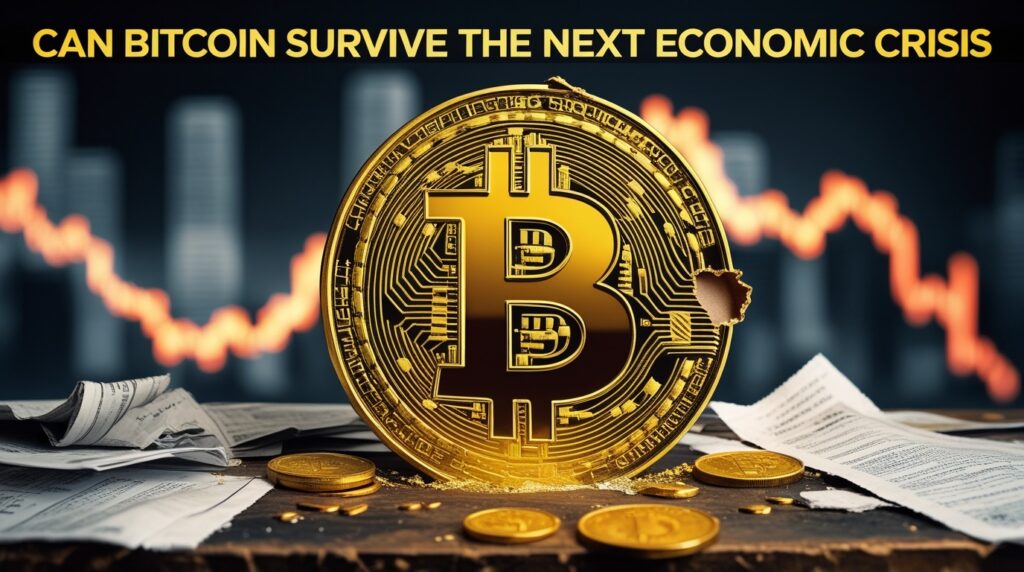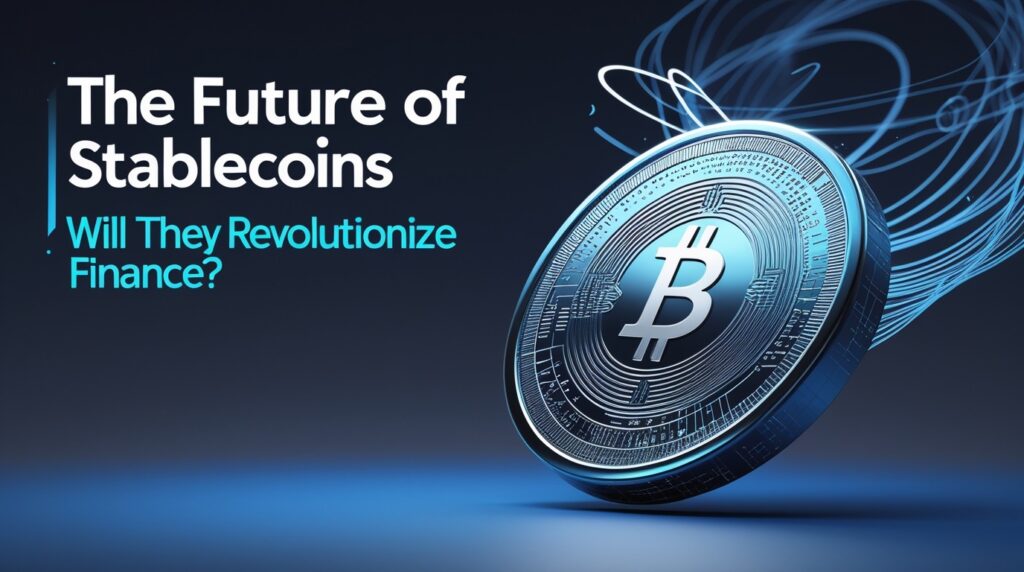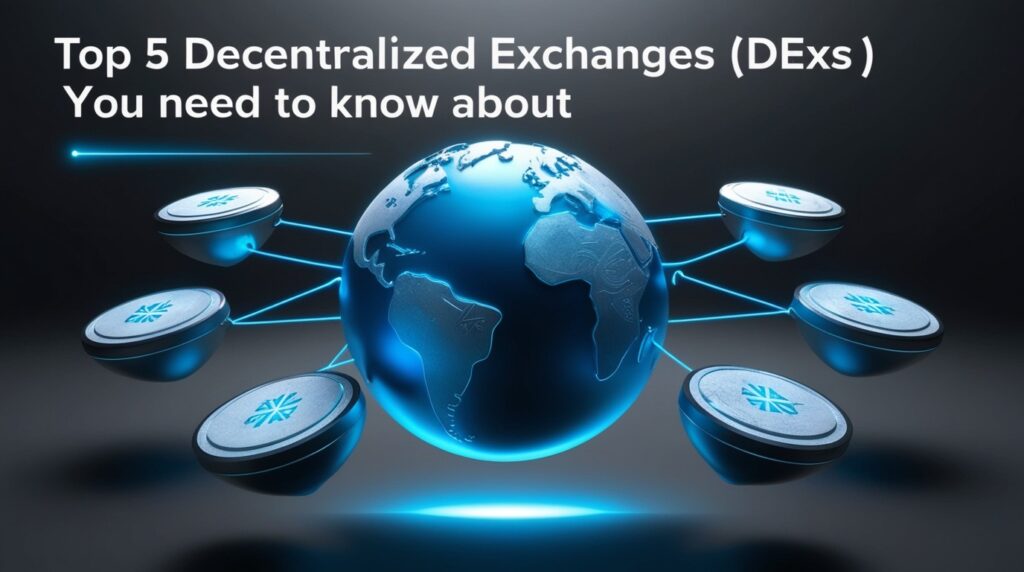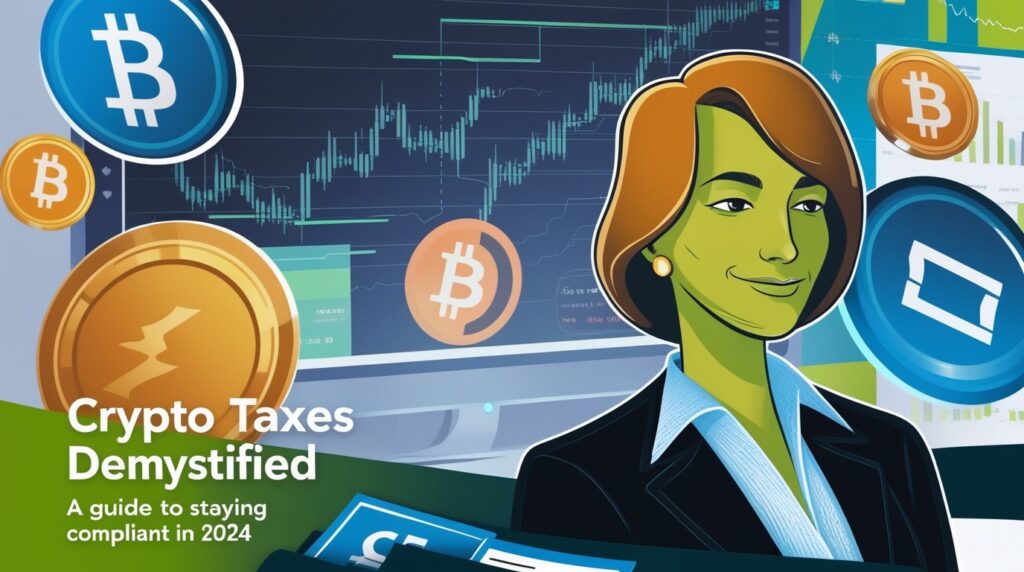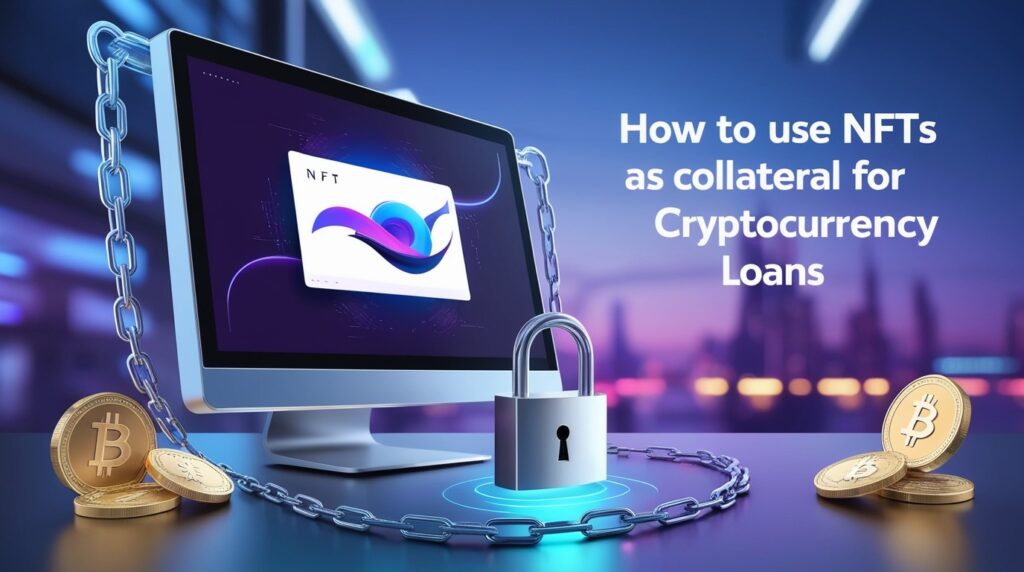The metaverse is an emerging concept that blends virtual reality (VR), augmented reality (AR), and the internet into a unified digital space. It is often described as a network of interconnected virtual worlds where people can socialize, work, shop, and play. Unlike traditional online platforms, the metaverse provides immersive experiences, allowing users to interact with digital environments and other users as though they are physically present.
The metaverse has gained significant attention in recent years, with major companies like Meta (formerly Facebook), Microsoft, and Epic Games investing heavily in its development. The vision of the metaverse is to create a seamless digital universe where physical and virtual realities merge, enabling endless possibilities for creativity and connection.
Understanding Cryptocurrencies
Cryptocurrencies are digital or virtual currencies secured by cryptography. Unlike traditional currencies issued by governments, cryptocurrencies operate on decentralized networks using blockchain technology. This decentralized nature eliminates the need for intermediaries like banks, providing users with greater control over their money.
Bitcoin, introduced in 2009, was the first cryptocurrency, and it remains the most well-known. Since then, thousands of other cryptocurrencies, such as Ethereum, Binance Coin, and Solana, have emerged, each serving different purposes. Cryptocurrencies are often used for online transactions, investments, and now, increasingly, in the metaverse.
How the Metaverse and Cryptocurrencies Are Connected
The metaverse and cryptocurrencies share a symbiotic relationship. Cryptocurrencies provide the financial infrastructure needed for virtual economies within the metaverse. They enable secure, transparent, and decentralized transactions, which are essential for building trust in these digital worlds.
In the metaverse, cryptocurrencies are used for various purposes, such as:
- Buying virtual land and properties
- Purchasing digital assets like clothing, avatars, and art
- Paying for services and experiences
- Participating in decentralized governance
This connection has given rise to a new digital economy where real-world value is created and exchanged within virtual spaces.
Virtual Real Estate and Cryptocurrencies
Purchasing Virtual Land
One of the most prominent uses of cryptocurrencies in the metaverse is buying virtual land. Platforms like Decentraland and The Sandbox allow users to purchase, develop, and trade virtual real estate using cryptocurrencies like Ethereum and MANA.
Virtual land can be used for various purposes, such as building virtual homes, hosting events, or creating interactive experiences. Just like in the real world, the value of virtual land is influenced by factors like location, demand, and development potential.
Investment Opportunities
The concept of virtual real estate has attracted both enthusiasts and investors. People buy virtual land not only for personal use but also as an investment. As the metaverse grows, the value of virtual properties can increase significantly, offering substantial returns to early adopters.
Digital Assets and NFTs
What Are NFTs?
Non-fungible tokens (NFTs) are unique digital assets that represent ownership of a specific item or piece of content, such as art, music, or virtual goods. NFTs are stored on blockchain networks, ensuring authenticity and immutability.
Role in the Metaverse
NFTs play a crucial role in the metaverse by enabling the creation and ownership of digital assets. For example:
- Avatars and accessories: Users can buy unique avatars and customize them with NFT-based clothing and accessories.
- Virtual art: Artists can showcase and sell their work in virtual galleries.
- Gaming items: Gamers can own and trade in-game items, such as weapons or skins, as NFTs.
Cryptocurrencies are often used to buy and sell NFTs, making them integral to the metaverse economy.
Decentralized Finance (DeFi) in Virtual Worlds
What is DeFi?
Decentralized finance (DeFi) refers to financial services built on blockchain technology, allowing users to lend, borrow, trade, and earn interest without relying on traditional financial institutions.
Integration in the Metaverse
In the metaverse, DeFi protocols enable:
- Peer-to-peer transactions: Users can exchange value directly without intermediaries.
- Staking and earning rewards: Users can stake their cryptocurrencies to earn passive income.
- Virtual loans: Users can obtain loans in cryptocurrencies to fund their activities in the metaverse.
DeFi enhances the financial autonomy of metaverse users, making it easier to participate in the virtual economy.
Gaming and Play-to-Earn Models
Rise of Blockchain Gaming
Blockchain-based games are a significant aspect of the metaverse, offering players the opportunity to earn real-world value through gameplay. Popular examples include Axie Infinity, Gods Unchained, and Splinterlands.
Play-to-Earn (P2E) Concept
The play-to-earn model allows players to earn cryptocurrencies or NFTs by completing tasks, winning battles, or achieving milestones within a game. These rewards can be traded or sold for real money, making gaming a potential source of income.
This model has transformed gaming from a purely recreational activity into a viable economic opportunity, especially in developing countries.
Challenges and Risks
Volatility of Cryptocurrencies
Cryptocurrencies are known for their price volatility, which can affect their usability in the metaverse. Sudden price fluctuations may deter users from adopting them for everyday transactions.
Security Concerns
Cryptocurrencies’ decentralized nature and the metaverse make them vulnerable to security risks, such as hacking and fraud. Users must take precautions to protect their digital assets.
Regulatory Uncertainty
As the metaverse and cryptocurrencies gain popularity, governments and regulatory bodies are exploring ways to regulate them. This uncertainty can impact the growth and adoption of these technologies.
The Future of Cryptocurrencies in the Metaverse
Increased Adoption
As the metaverse evolves, the use of cryptocurrencies is expected to become more widespread. Companies are likely to develop more user-friendly platforms to facilitate seamless transactions.
Interoperability
Efforts are being made to create interoperable systems that allow users to transfer assets and currencies across different virtual worlds. This will enhance the user experience and encourage participation in the metaverse.
Real-World Integration
The boundaries between the physical and virtual worlds are becoming increasingly blurred. Cryptocurrencies and the metaverse may eventually integrate with real-world industries, such as education, healthcare, and entertainment, offering new opportunities for innovation.
Conclusion
The metaverse and cryptocurrencies are reshaping how we interact, transact, and create value in digital spaces. Cryptocurrencies serve as the backbone of the metaverse economy, enabling secure and decentralized transactions. From virtual real estate to NFTs and play-to-earn gaming, the possibilities are vast and exciting.
While challenges like volatility and security risks exist, the potential of these technologies to transform our digital lives is undeniable. As the metaverse continues to develop, cryptocurrencies will play an increasingly vital role in shaping this new frontier of human interaction and innovation.
